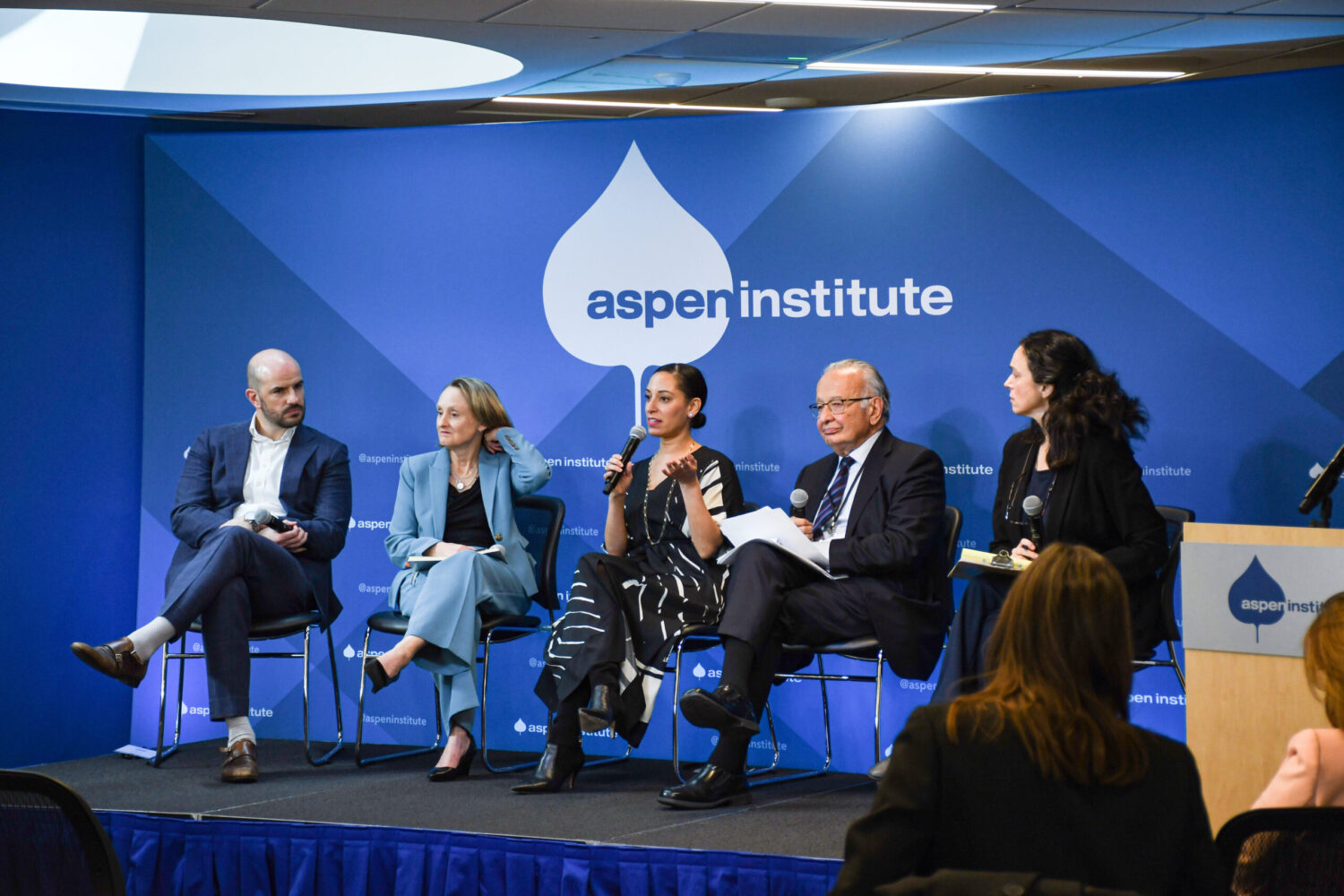I was intrigued by a line in the piece in the Financial Times by Alex Friedman, the chief investment officer at UBS and Patty Stonesifer, the former head of the Gates Foundation that urged investment managers and banks to step up their impact investing activity:
“In today’s low-yield investment climate, impact investing is becoming more attractive because it is relatively uncorrelated to the broader market.”
I hadn’t previously heard the non-correlation point raised in the discussion of impact investing’s risk/reward equation, and it’s particularly salient coming from UBS (since it doesn’t sound like something Stonesifer would have written). UBS is increasing its own impact investing activity under Friedman, who was previously the Gates Foundation’s chief financial officer.
Non-correlation is part of a broader argument gaining currency that impact investments, especially those that focus on basic needs such as food, water, health care and education and on real assets, such as agricultural land, may have lower long-term risks than otherwise comparable investments. But correlation is important argument in its own right. Turmoil in global stock markets means stock across industries increasingly rise and fall together. I found data from Bloomberg: The 30-day correlation coefficient between the MSCI World Index and its members in that industry is 0.92, compared with the average since 1995 of 0.73. A reading of 1.0 would indicate total lockstep. (MSCI World, according to Wikipedia, is a stock index of 1,600 world stocks that is a benchmark of global stock funds, but is something of a misnomer as it excludes stocks from emerging and frontier economies).
Post-2008, hedge funds and other “traditional alternative investments” have turned out not to be as uncorrelated to the broader market as previously thought, part of the trigger for the rash of hedge-fund liquidations.
Is it really possible that impact investments are becoming the safe bet for mitigating market risk?










